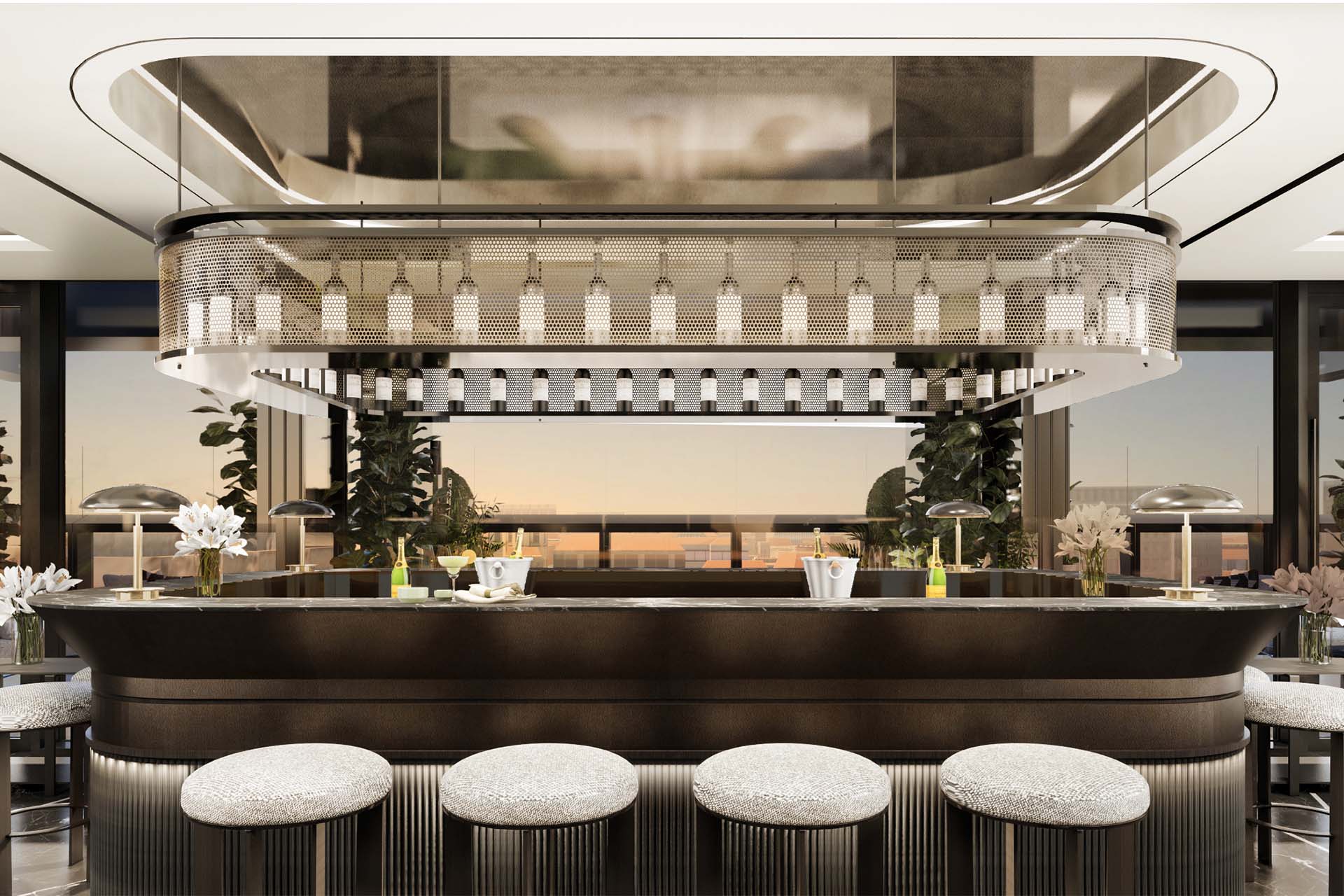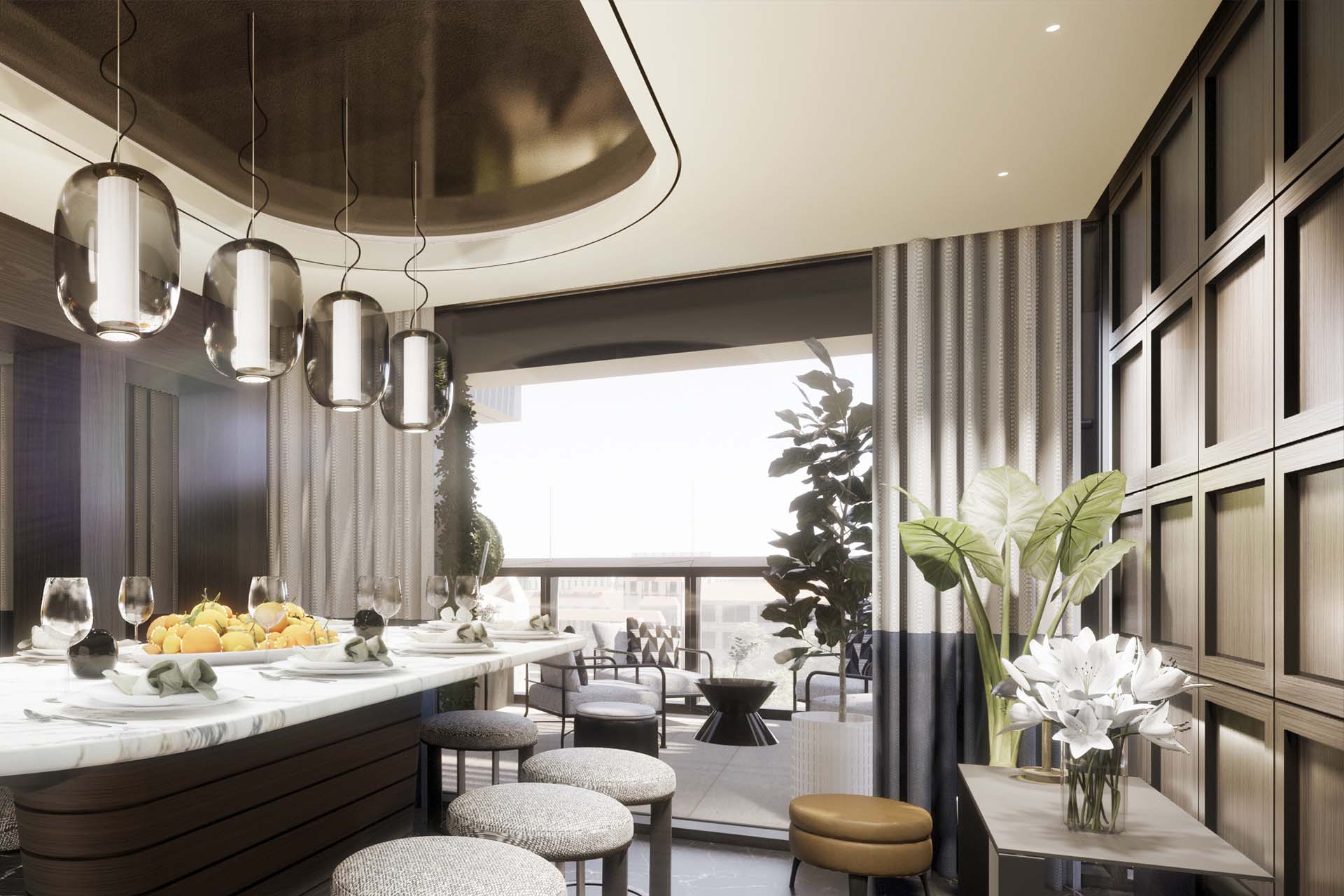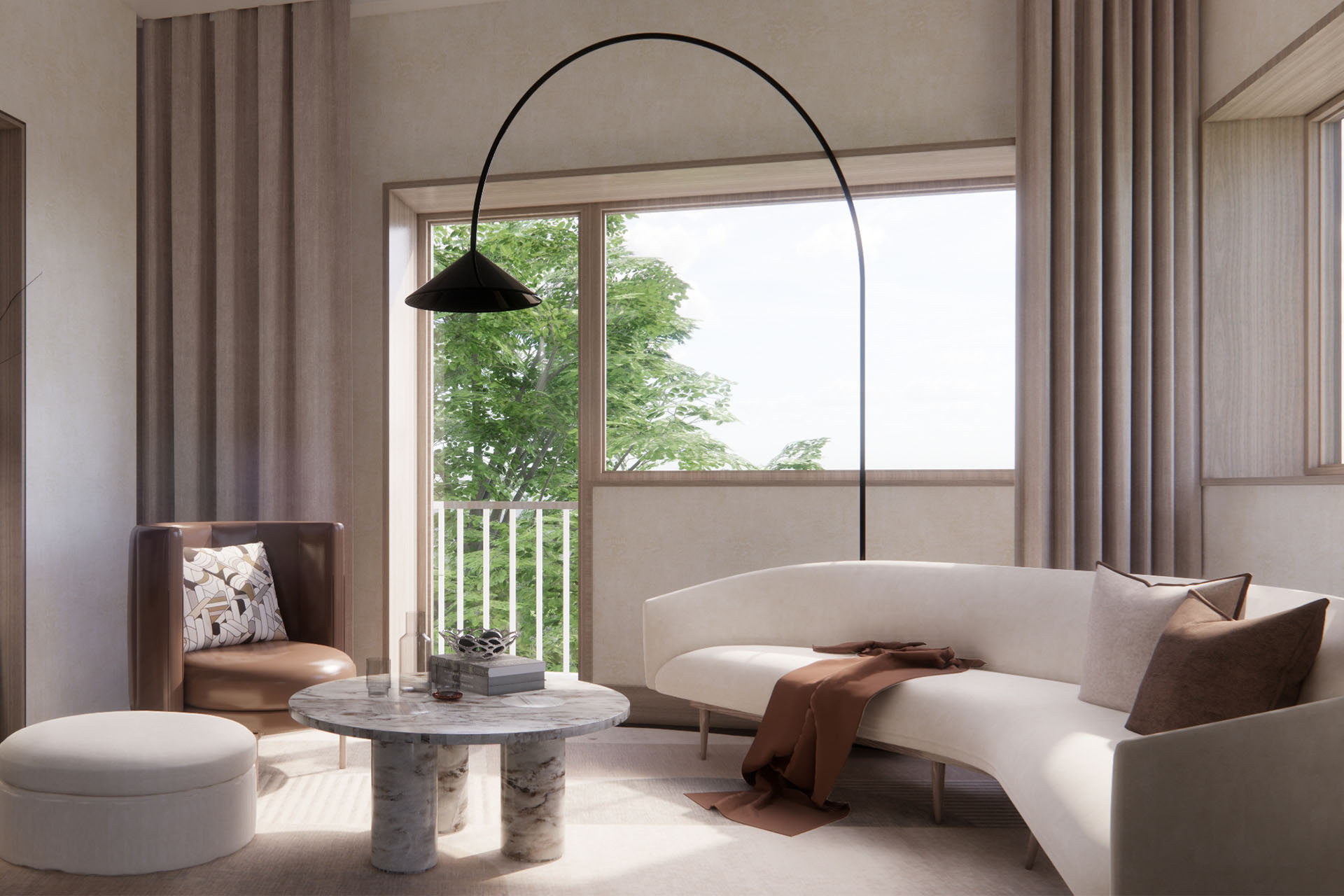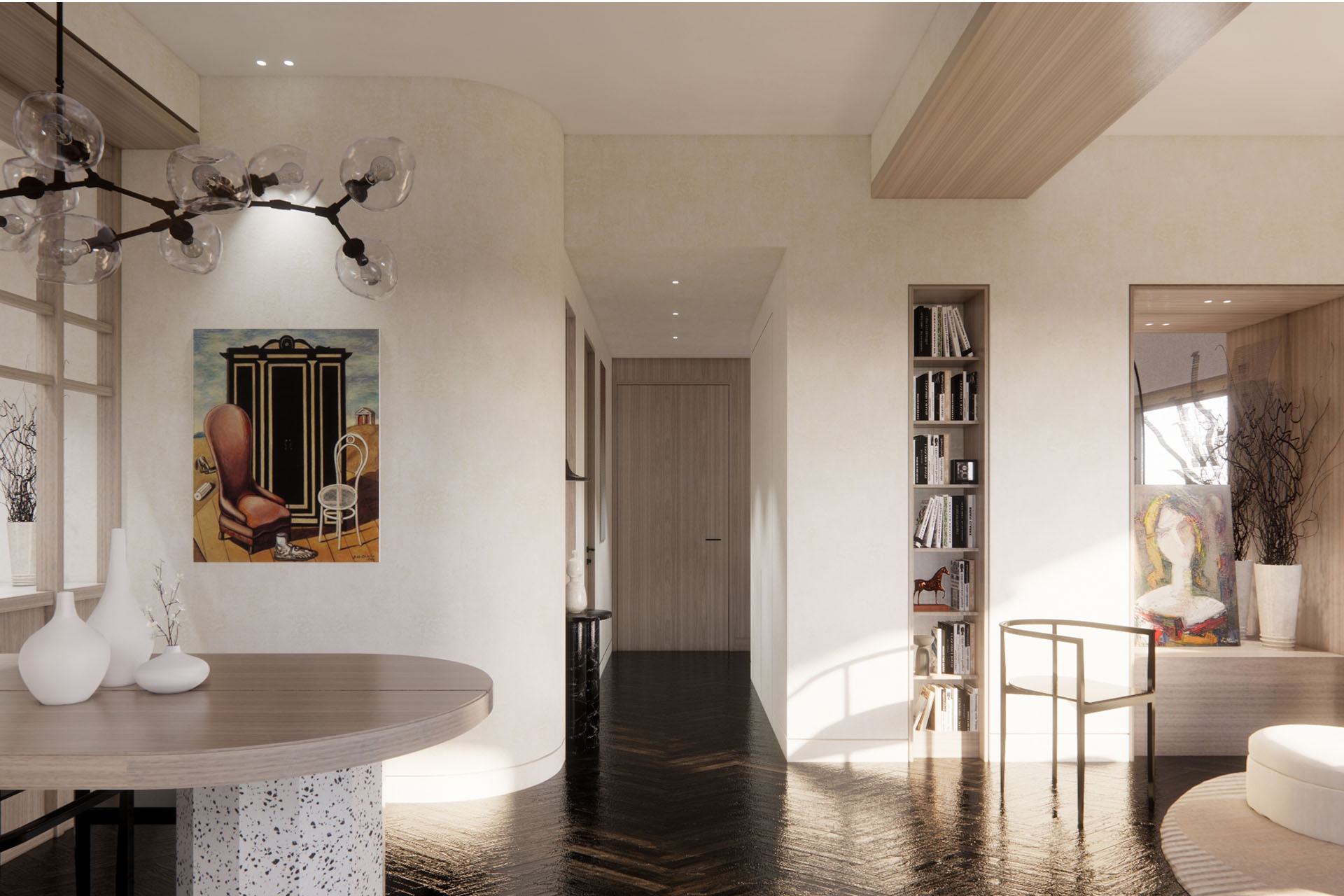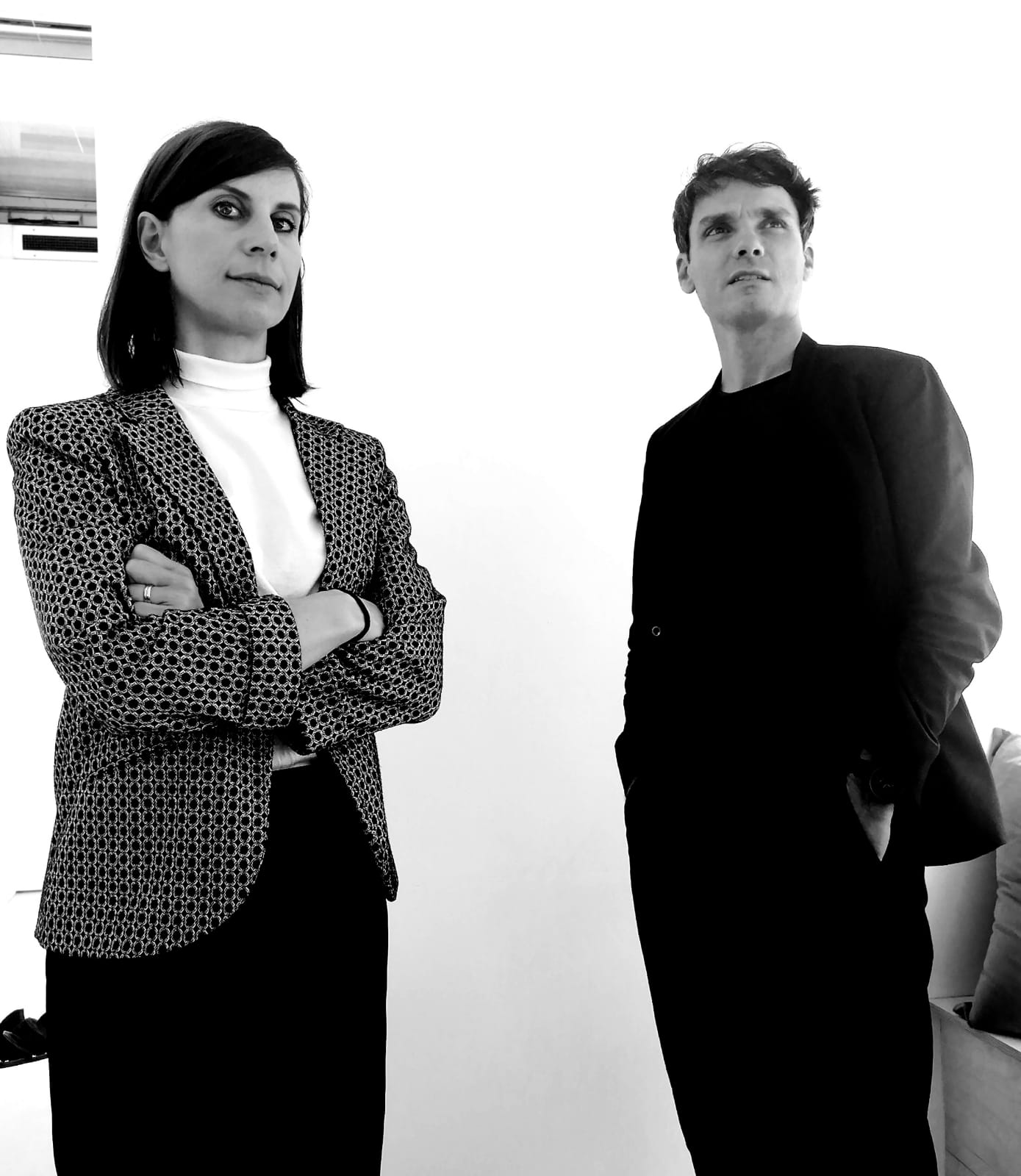

| CANVAS OF PLANS & DRAWINGS |
INTERIOR & DÉCOR, but with a twist |
| HOTELS & RESTAURANTS, beyond mainstream |
Notes on ART |
| Into big AFFAIRS | INSIDERS |
| GLIMPSES | |
Keywords:
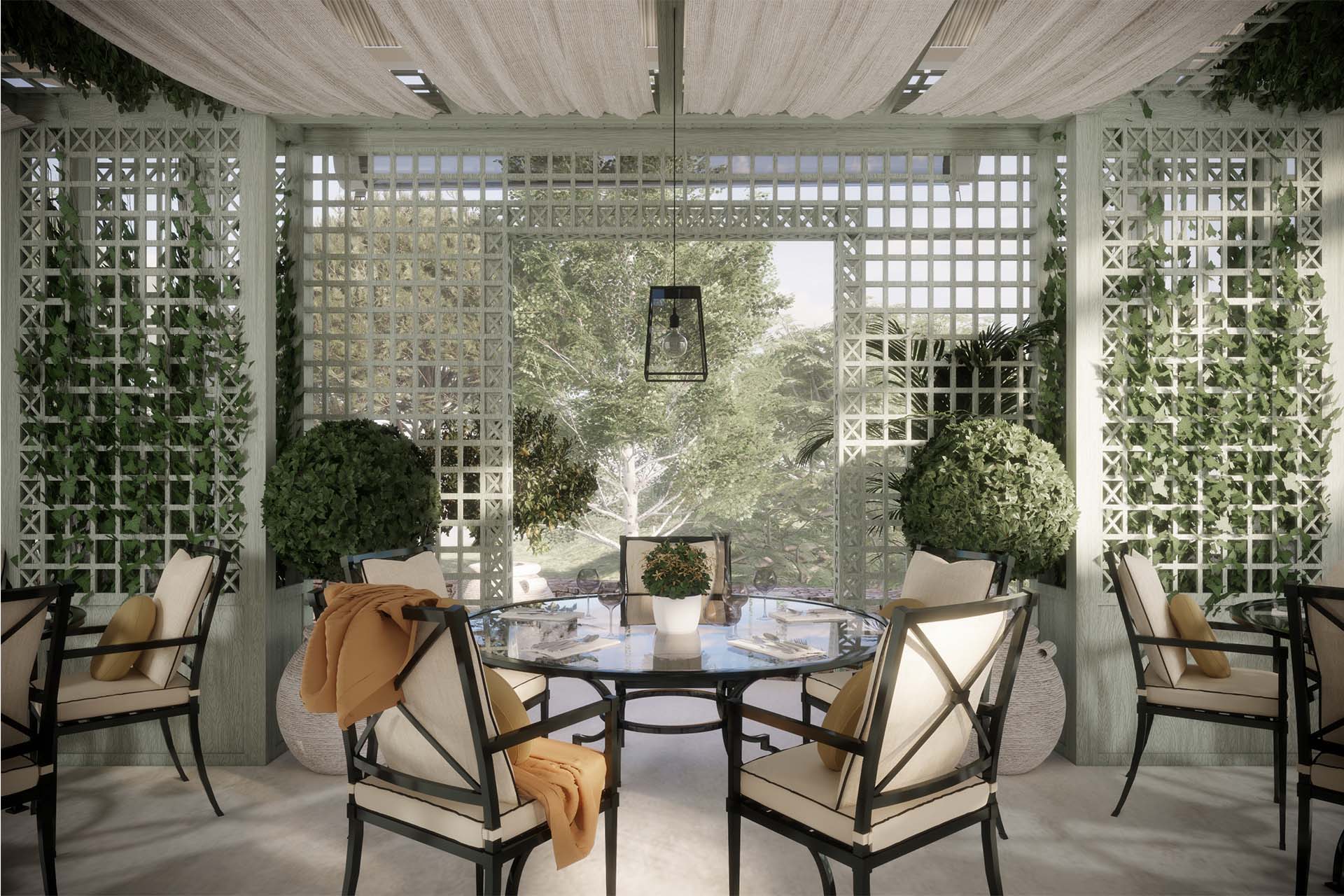
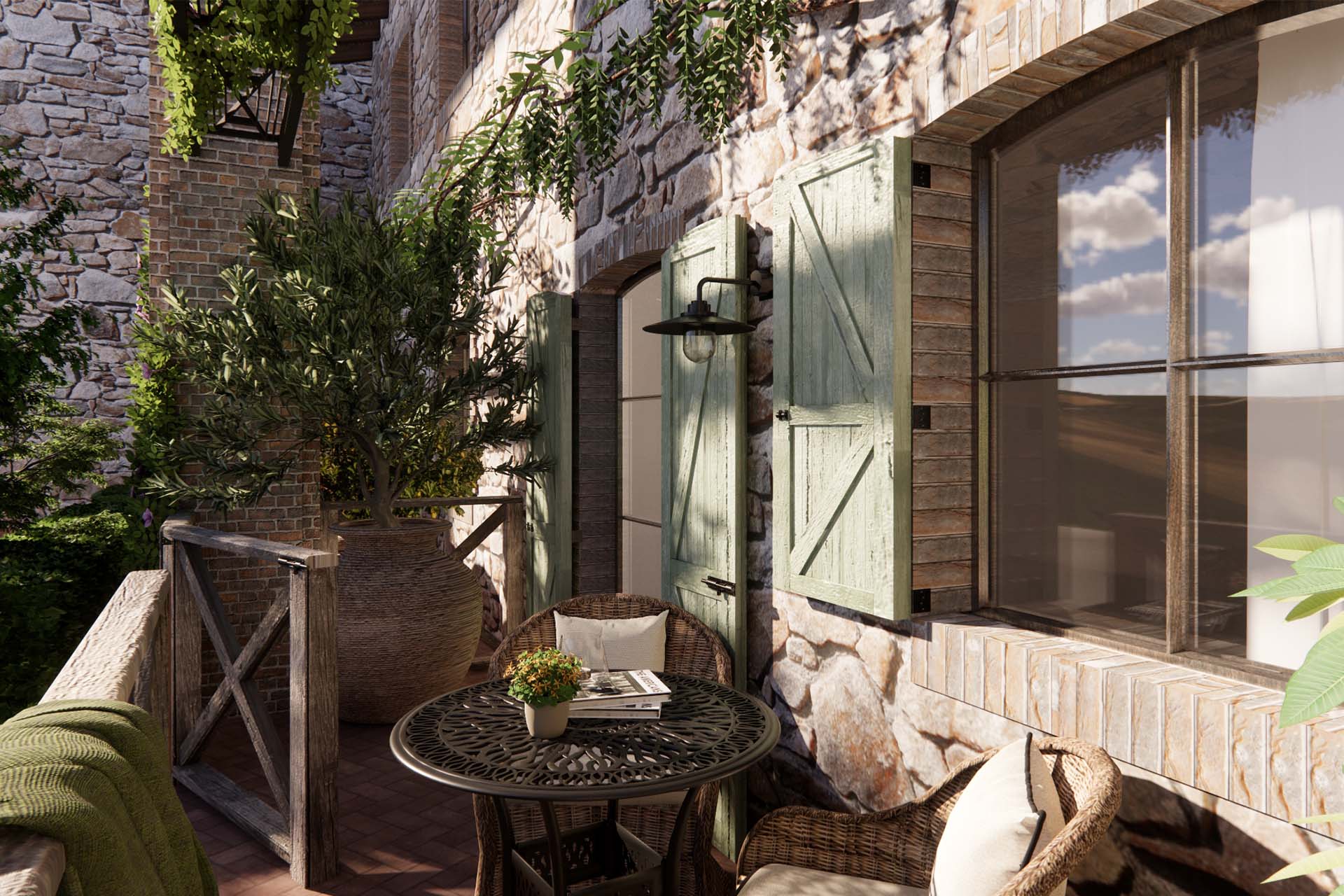
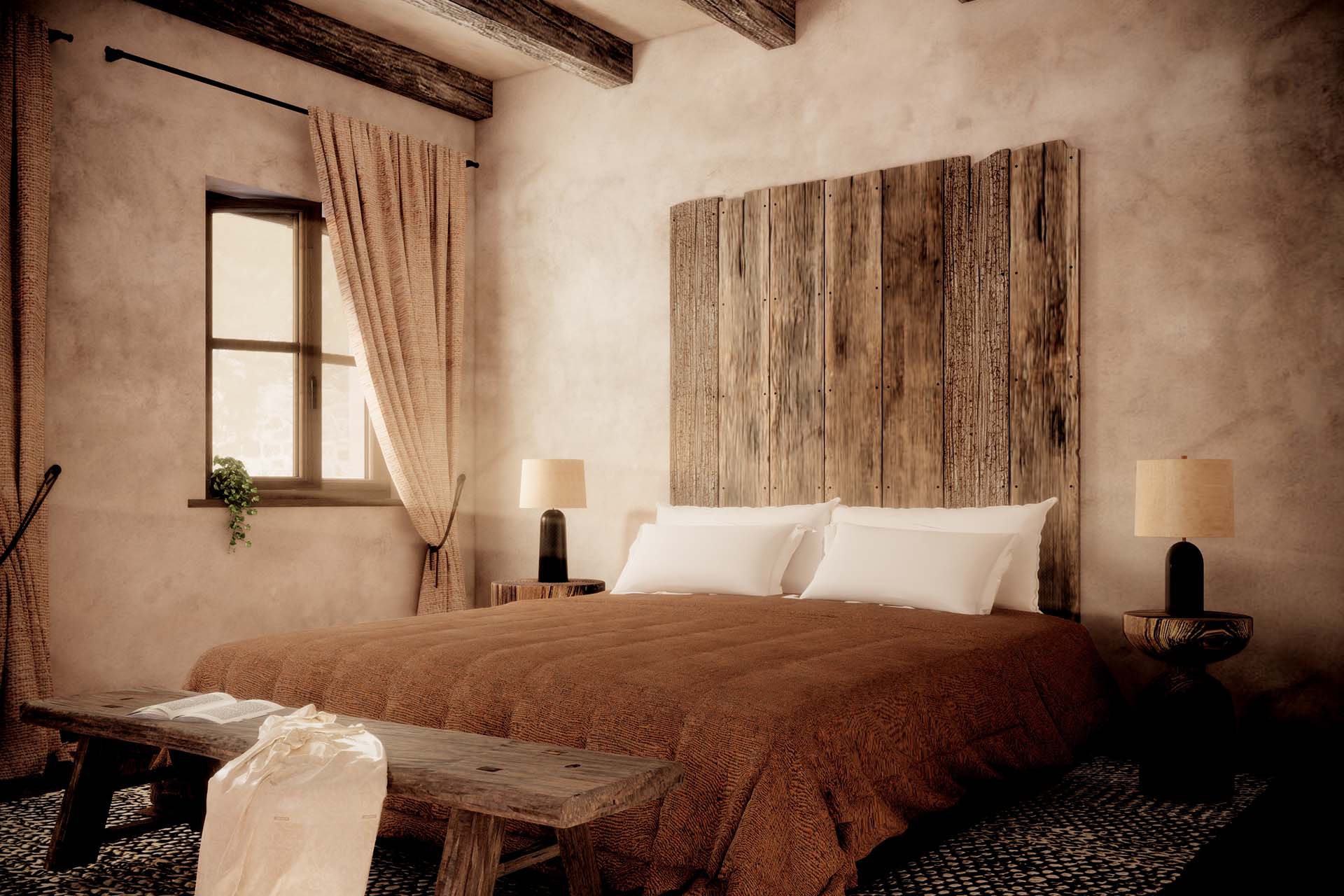
The offer has been deeply enriched in these years, so much so that we can talk about augmented offer. This expansion revolves around three words that have stratified over what was the traditional hotel offer: the experience, the sense of place and the narration. Several factors have pushed this change, including the arrival of Airbnb, which has hit hospitality on the counterattack with its residential offer. This home feel also determines a sense of belonging in the guest, who feels to enter in the narrative of the owner and in the history of the place. Therefore, to keep up with the times, also the hospitality sector had to look for a more familiar narrative.
On the other hand there was also the emerging of social media, which pushed the hotel scene to look for a way to shine, to emerge. This is where the need to offer an experience and the so-called “wow moments” connected started. On top of this, there are branding, marketing, and the elements of recognition, which affect the entire sector, not only branded structures such as, for example, the Bulgari Hotel chain. These are essentially the layers that have been produced and added over the years and with which today we have to deal.
When we talk about workhospitality we refer to the space planning of the hotel, therefore less related to time and more to the functional aspect. This is a modern category, not yet historicized. Lifestyle, on the other hand, defines the character of the hotel. After the pandemic the spaces have become more integral and dynamic. The result is appreciable both from the point of view of the operator and the customer, who can be active in more ways. This is how, for example, even if on holiday, he can have working moments if needed. Another aspect of this new fluidity is the connection with local realities, and therefore the creation of spaces that do not only live from the life of the hotel, but are able to attract locals. And here we have a double potential. This openness to the local community is also a further opening of the narrative and sense of place, which can be found in lifestyle structures. So we can say that these last ones are by now consolidated and destined to last, while workhospitality is still in progress.
